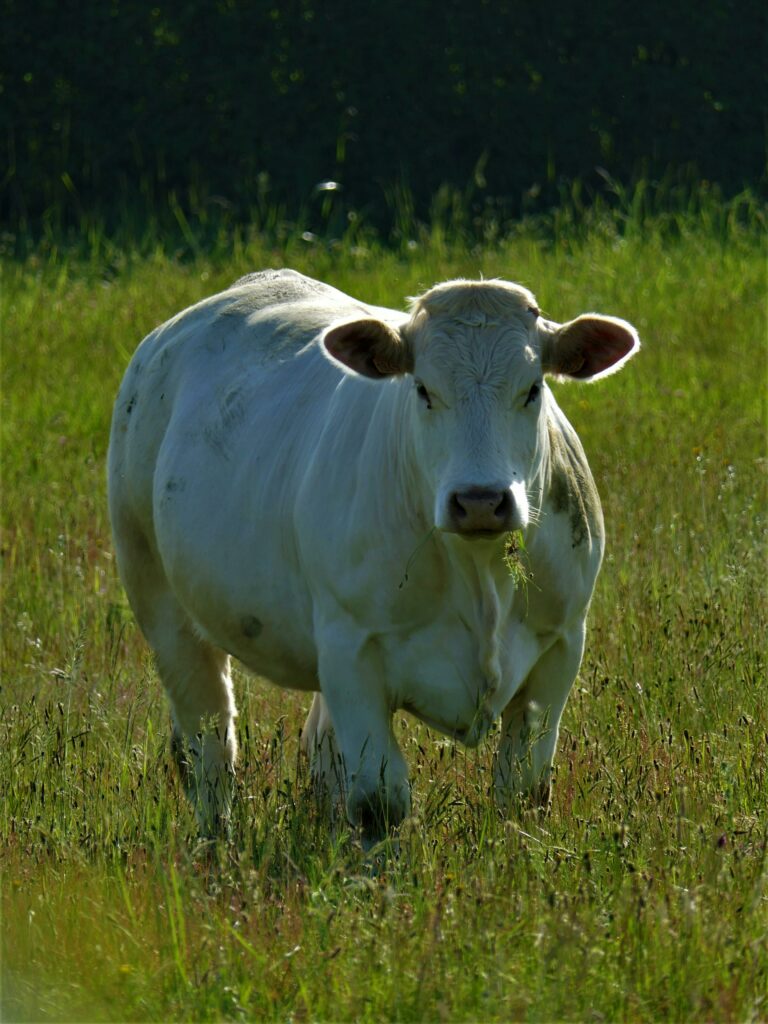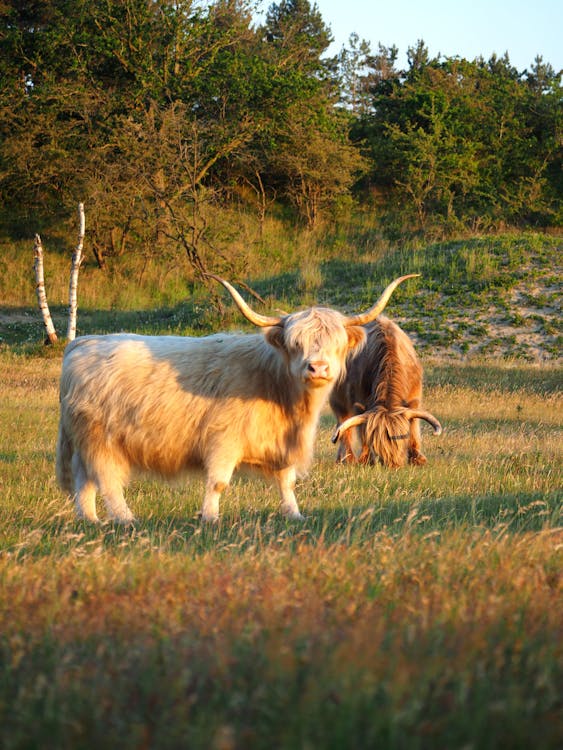By Madelon Eelderink, founder of SevenSenses
This blog was created during the Ecosystem Restoration Design training that Madelon attended in 2024 and is part of the PAO blog series for ecosystems, in which she shares her views on how PAO can contribute to ecosystem restoration and more.
It’s fascinating to me to see what impact a holistic grazing approach can have on restoring land. By mimicking the natural behavior of herds and wildlife—calculating animal-days per hectare and managing cattle grazing accordingly—grasslands can recover, leading to spectacular increases in productivity. It can even help reverse climate change and prevent conflicts over pasture and water! Considering the current crises, particularly around water, I realize how incredibly important it is to restore degraded land through holistic grazing.

A Radical Shift: From Reductionist Thinking to Holistic Management
Holistic grazing is the complete opposite of the traditional reductionist approach of managing land.
Something extraordinary happened in my brain when I looked at the differences between the reductionist approach and holistic grazing. As if something clicked! There seems to be an exact parallel with the way traditional organizations work versus the new type of leadership that is emerging with Participatory Action Research (PAR).
First, let’s dive into the difference between holistic grazing and the reductionist approach: reductionist uses mostly annual crops, holistic uses perennial crops. Reductionist is based on monoculture, holistic on polyculture. Reductionist is about the manipulation of parts whereas holistic is about management of wholes. Reductionist is about command & control whereas holistic is about facilitation.
I would like to share that with you!
Traditional Organizations vs. Participatory Action Research: A Surprising Parallel
Looking at how traditional organizations work versus the work ethic we pursue through PAR, I see the exact same thing happening, where the traditional way of working looks exactly like the reductionist approach and PAR looks exactly like the holistic grazing approach. Let’s call it ‘traditional’ versus ‘PAR’. Traditional focuses on short term gains (“annual crops”) and often get in trouble later, when unexpected external factors come into play. PAR focuses on making impact last for the long term (“perennial”). Traditional is based on offering one (or small set) of specific program(s), service(s) or product(s) and optimizing that to serve as many people as possible (“monoculture”) – and then wonder why people don’t make use of it. PAR focuses on what is needed locally and adapting to that, meaning that the outcome looks different per location (“polyculture”). Traditional aims to make small, low-key changes to solve one piece of the puzzle (“the manipulation of parts”), PAR focuses on the entire system and the interaction of all these parts, in order to get the best actions for change that work best for all of those individual parts (“management of wholes”). Lastly, traditional has a specific outcome in mind and aims to control everything to get to that outcome, directing all actors to do what leads to that outcome (“command and control”) – wondering why they don’t do as they are told.
PAR practitioners do not know the outcome beforehand, but facilitate stakeholders in finding the way that suits them best in getting to an outcome that works for all of them.
Learning from Nature: what does holistic grazing mean for the way we as human beings work?
Fascinating this parallel, isn’t it?! I think we can learn so much from how nature works when it is all healthy and flourishing, and mimic that in the way we work in organizations – on whatever that may be. Look at this: holistic grazing leads to restored degraded grasslands, improved soil health and protection from drought, increased biodiversity, carbon sequestration instead of carbon release, increased and sustainable forage production, reduced feed costs and better livestock performance and in the end economic benefits and empowered communities.

Now I would like to invite you to translate these benefits and think of what will happen if we apply the holistic grazing principles to the way we work as human beings in all that we do.
What would happen if you apply it in your work?
Join our trainings!
Want to learn more about Participatory Action Research, for either ecosystem restoration or other complex problems? Join the SevenSenses PAR Practitioners Program!
Rather read more about PAR first? Order my handbook Participatory Action Research (in Dutch) here.
I’m curious to your experiences, let me know!
Madelon
Also read the other blogs in this ‘PAO for ecosystems’ series:
Ecosystem restorers: here’s how to get locals ‘on board’
How a Participatory Action Researcher would address deforestation issues
